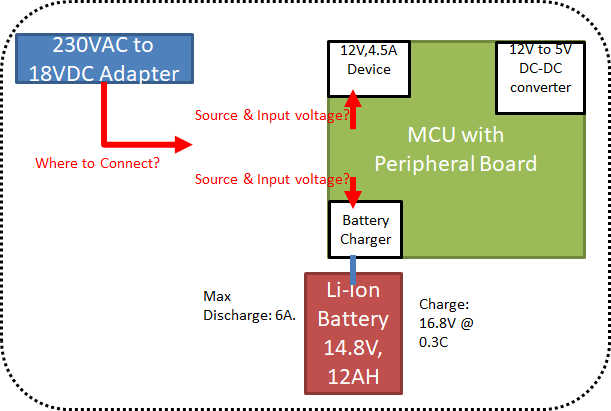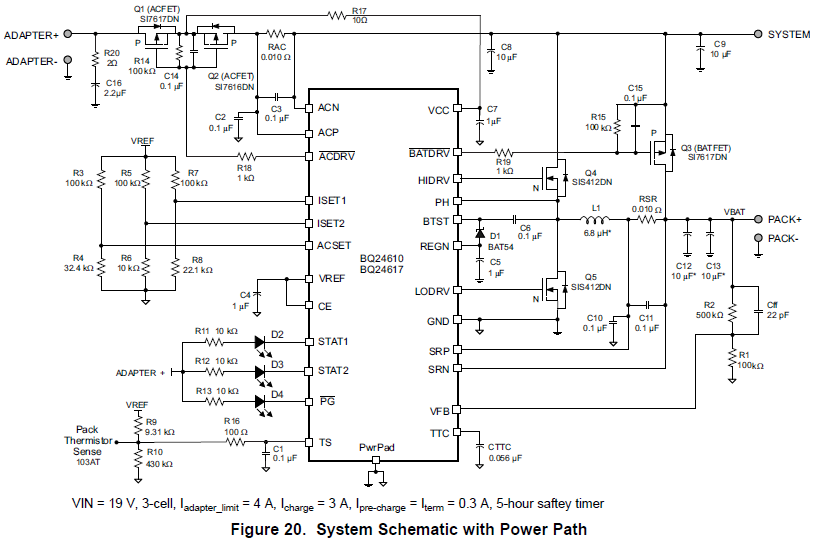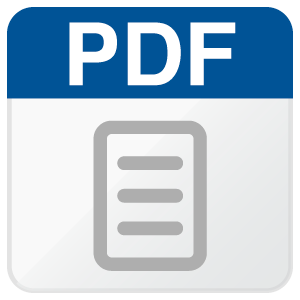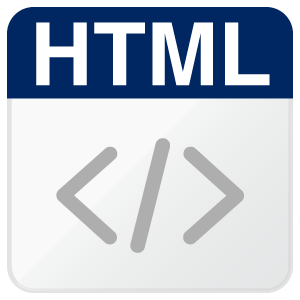Hi,
We are designing the product for Medical Application, So all the Components should be Medical grade/standard under required IPC standard and it should be approved for all the certifications required for Medical applications. So, Kindly suggest accordingly.
Our Device Working Voltage is 12VDC, 4.5A.
Battery is 14.8V, 12AH Li-Ion Battery( to backup for 2hours), Charging Voltage/Current: Standard (16.8V @ 0.3C suggested by battery manufacturer)
AC to DC Adapter: 18VDC,5A or you can Suggest right one.
FYI: Our Device working with 12VDC, 4.5A while operation and 0.2A when No-Operation, AC to DC Adapter and Battery is always be connected to the device. If power fails, the device will power up from battery automatically without any restart/delay/Glitch and if power resumes device will power up with adapter and the Battery will charge through the Charger circuit. Switching function will not cause to any Restart/Glitch of the device.
Device should have Onboard DC-DC converter 12VDC to 3.3VDC.
1. Please find the attached image, We are having 18V source, 14.8V Battery, 12V device. How we can interface Charger and DC-DC circuit between these 3. Kindly Advise.
2. Kindly Suggest the Power Tree for the Above scenario (From 18VDC(Adapter) to 12VDC,3.3VDC)
3. Kindly Suggest the Charger IC, DC-DC Regulator along with the circuit and rough Block Diagram for understanding.
4. I have to monitor Battery voltage level and Adapter status(Device Supply from Battery or Adapter), We can monitor through ADC by measuring voltage on Battery +pin & Adapter +pin, if charger doesn’t have this feature.
Kindly help us to build efficient Product.
Thanks and Regards,
Naveen k





